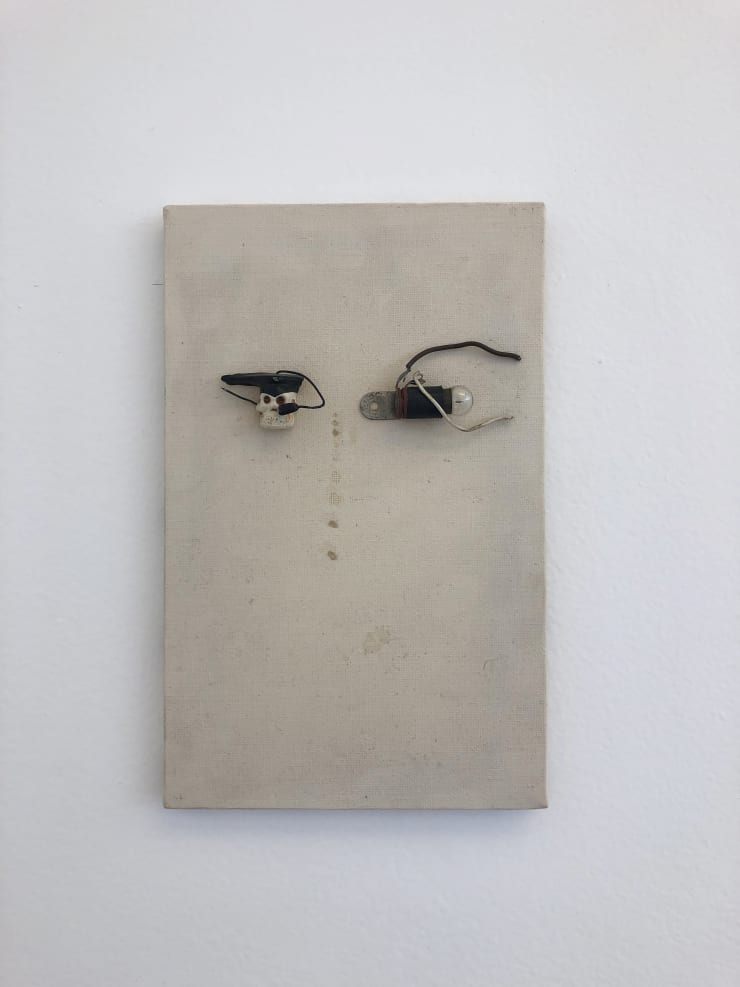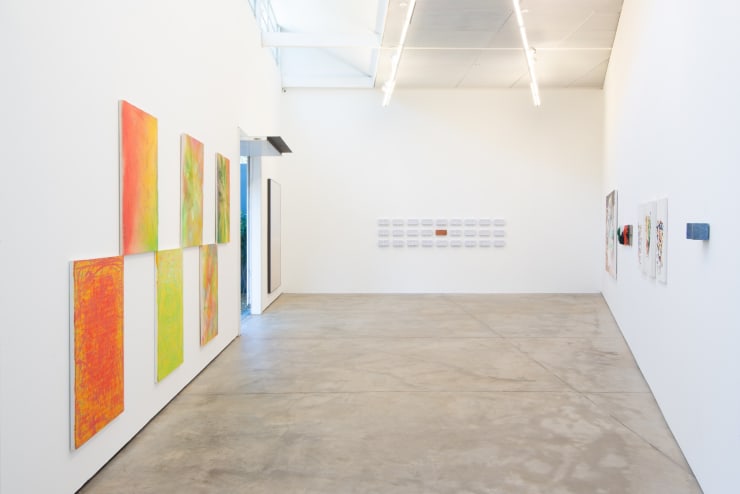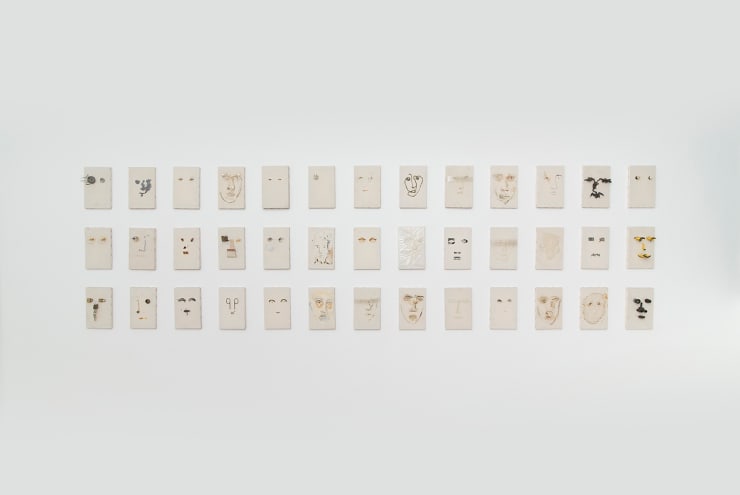Fernando Zarif
Biografia
1960 – 2010, São Paulo, Brasil
Visionário e incessante questionador, Fernando Zarif é autor de uma vasta produção, onde estabeleceu uma linguagem autêntica e independente dos preceitos culturais de sua época, associando-se a expressões de vanguarda, como as performances e vídeo instalações. Fernando Zarif é considerado uma das figuras mais emblemáticas da geração paulistana da década de 1980. A partir dos anos de 1990, o artista passou a incorporar em sua pesquisa a apropriação de objetos diversos, mantendo ou não a integridade desse material, mas sempre ressignificando-o. Além da escultura, do vídeo e da performance, o artista explorou outros suportes artísticos, como a escrita, o desenho, a pintura e a música.
Fernando Zarif estudou arquitetura e realizou cursos livres em artes. Em 1982, realizou sua primeira exposição individual no Gabinete Fotográfico da Pinacoteca do Estado de São Paulo. No ano seguinte, apresentou as performances com músicas de Richard Wagner e John Cage, como parte da programação musical do MASP – Museu de Arte de São Paulo Assis Chateubriand. Em 1995, realizou sua maior exposição individual em uma instituição brasileira, no Museu de Arte Moderna do Rio de Janeiro. Em 1998, realizou mostra individual na Maison des Arts André Malraux, em Créteil, França (1998). Em 2009, participou de sua última mostra em vida, no Espaço Tom Jobim, Rio de Janeiro. A partir de 2011, sua família deu início ao Projeto Fernando Zarif, o qual é destinado a preservar, catalogar e difundir a obra do artista, somando até hoje mais de 2 mil obras recuperadas, entre fotografias, livros, documentos e escritos. Em 2015, aconteceu a primeira grande exposição póstuma do artista no Instituto Figueiredo Ferraz, seguida por mostra em homenagem a Zarif, realizada pela Luciana Brito Galeria. Mais recentemente, em 2021, o Instituto Fernando Zarif lançou a publicação “Fernando Zarif: Múltipla Unidade”.
Obras
Exposições
-

Dividing Line
21 Agosto - 26 Setembro 2020A Luciana Brito Galeria tem o prazer de anunciar a exposição coletiva online Dividing Line [Linha divisória]. Inspirada na obra homônima de Regina Silveira, a mostra apresenta um conjunto de...Leia mais -

Fernando Zarif
2 Fevereiro - 9 Março 2019A Luciana Brito Galeria inaugura seu programa de 2019 com uma individual de Fernando Zarif (São Paulo, 1960 – 2010). Figura de destaque na cena cultural paulistana a partir dos...Leia mais -

15
27 Novembro - 27 Fevereiro 2015Com curadoria de Jacopo Crivelli Visconti, Maria Montero e Rafael Vogt Maia Rosa, a mostra é a última realizada no espaço da rua Gomes de Carvalho, já que em 2016, a galeria passa a funcionar em uma casa de Rino Levi no Jardim Europa. Na seleção de obras, trabalhos de artistas como Regina Silveira, Nelson Leirner, Marina Abramović, Geraldo de Barros, Rochelle Costi, Caio Reisewitz, Thomaz Farkas e Tiago Tebet, que serão exibidos exatamente no mesmo local onde foram apresentados pela primeira vez na galeria.Leia mais -

Fernando Zarif | Antes de começar termino
22 Setembro - 12 Novembro 2015A mostra reúne cerca de 15 obras que revelam a importância do desenho em seu processo artístico. Falecido em 2010, o artista tem sua múltipla produção recuperada e catalogada desde 2011 pelo Projeto Fernando Zarif.Leia mais











